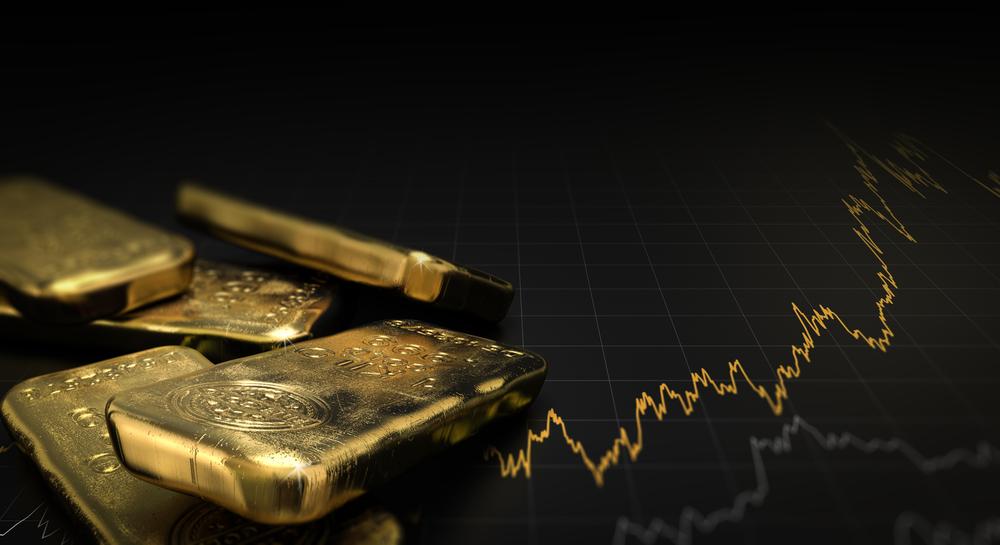The price of gold hit a six-week low on Thursday, wavering against the “robust” performance of the US dollar.
A lack of additional economic stimulus from central banks has seen investors lose some interest in the precious metal, which is often treated as a safe haven-esque hedge against inflation and market turbulence.
August saw gold extend a record-breaking rally to a high of $2,000, on one of its longest consistent upward trajectories in recent history.
The Financial Times explained that investors flocked to the metal due to economic uncertainty, reporting a “surge in revenue stems from a sharp rise in interest among investors for exposure to gold — either as a hedge or as a bet on rising prices — and rare anomalies thrown up by disruptions to global gold deliveries”.
A brief pause in gold coin production helped to spur on the rise in prices, with a sudden supply shortage prompting investors to respond to the “sense of urgency”.
The Financial Times Advisor pointed out that it was not just “experienced retail investors” leading the charge, but also some first-time buyers dipping their toes into the precious metal stocks for the first time.
“Once reserved for the use of wealth managers and financial advisers, the proliferation of fintech apps and other platforms has laid the gold-buying marketplace open to all”.
The breakneck rally came to a crashing end just a week later, with prices plummeting in the largest one-day drop since 2013 to $1,872.19, with market analysts pointing out that the rally was never expected to be sustainable anyway.
IG Markets analyst Kyle Rodda stated that the “euphoria” had drained from the gold market, citing the importance of the strength of the US dollar in determining the value of gold.
Continuing a recent downward spiral, the price of gold fell 4.64% in the past week, with spot gold falling to $1,857.72 per ounce at midday on Thursday – its lowest level since August 12.
The drop comes as somewhat of a surprise, given that gold tends to thrive in periods of market uncertainty.
Doubts about an economic recovery gripped equities around the world earlier in the week, careering to a 2-month low among fears of a second wave of coronavirus.
Meanwhile, reports of a slump in business activity in both the United States and Europe also dampened hopes of a steady revival of the global economy.
Nevertheless, precious metal revenue at the world’s 50 largest banks is predicted to hit some $2.5 billion by the end of 2020, spurred on by the burst in interest over the summer, according to a report by consultancy firm Coalition.
Standard Chartered analyst Suki Cooper weighed in:
“Gold is currently taking its cue from the dollar … and the dollar strength continues to weigh on gold. We could see a retest of the lows from early August, the next technical support level thereafter is around $1,840 per ounce, however prices are closing in on oversold territory”.
However, chief market strategist Phillip Streible from Blue Line Futures added that gold is still a valuable investment to consider in the months ahead, and investors should not be overly discouraged by the recent fall:
“Long-term uncertainties are still looming and no investor would lose the opportunity of adding gold to their portfolio when prices are low”.

